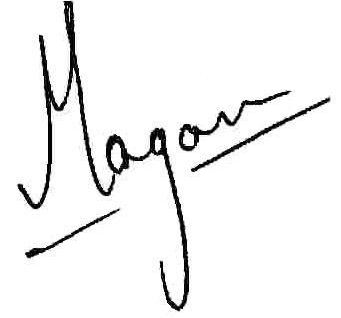
Coonawarra is a town with a population of 30 people, give or take a few. When we landed there on this remote air strip, we immediately swelled the population by a factor of three! Even with the neighbouring towns, the number of people can’t exceed 5000, (and yet, they had this superb restaurant, Fodder, which I suggest you must try, for the food but also for its very extensive international wine list.) And the defunct railway station is a picture postcard from the last century!

This is the region of the famous Coonawarra red soils which are this burnt, dark, clayey compressed red soil with good drainage over fractured limestone, that makes for one helluva mix to grow Cabernet. not too different from Bordeaux but warmer nonetheless. The result is wines with a little more roundness and fullness of flavour. Vines are trained a bit higher as the ground can get frost in winters.

Gone is the use of excessive American oak and these are mostly French oak-aged, a mix of new to fifth use oak with all steps in the middle. Being only 40 kms from the sea, the cool Mediterranean influence is undeniably helpful.
Some may grow Shiraz and even Pinot here but this is not known for those. Think Coonawarra, Think Cabernet.
Now these are wines from the house of Jacob’s Creek (under the St Hugo label) show you just how good these guys are and how meticulous they can be when they wish it so. The wines are winners, all of them, and it was great to see the fantastic vintage variations which, no matter how nuanced, were still very distinct.

1. 1998: intense leather and dry wood, meaty peppery spice too, truffles, fruit on the palate still, great soft earthy tannic grip, balanced and lively still. Peppery finish. (**)
2. 2001: stark difference in just 3 years. More fruit and dark berries, on the palate and the fruit is still going. Great of a wine a decade old. Approachable but with plenty of time ahead. (*)
These 2 were under corks; the rest that followed were under screw caps. It was established that the wines under screw caps seemed to age slower, which isn’t necessarily a bad thing.
3. 2002: very classical Aussie. The typical minty leafy style. Cassis. Very perfumed. Some spice too. Chewy tannins, some soft secondary aromas forming, still going strong.
4. 2003: deep colour but not a nose to match; intensity seems to have dropped, fruit is feeble in comparison although still present.

Winemaker calls this the classic donut! Drink now…
5. 2004: youthful, sweet ripe fruit, I find it closed albeit elegant. Open shortly and is a very fragrant elegant number. (*)
6. 2005: cassis, almost violets. Big boy this one. The tannins stick and don’t slide.
7. 2006: very concentrated nose. Cassis and spearmint, eucalyptus, super dry finish: chewy, lovely, rich and ripe. (*)
8. 2007: mineral nose, spicy attack, tannins still but expected. A bit reserved. Elegant nose. Likeable.
9. 2008: fruit and finesse, very berry, very fun. Powerful, robust, super ripe, and definitely likeable.
All in all, a heady afternoon, and we boarded the planes with more liquid in us than should be allowed on-board, made enough noise to have possibly altered the natural habitat and balance of this quiet little town forever, and with a definite tick against having tasted some of the most fantastic in one of the most coveted Cabernet-producing lands in the world. Thank you, Johann…


